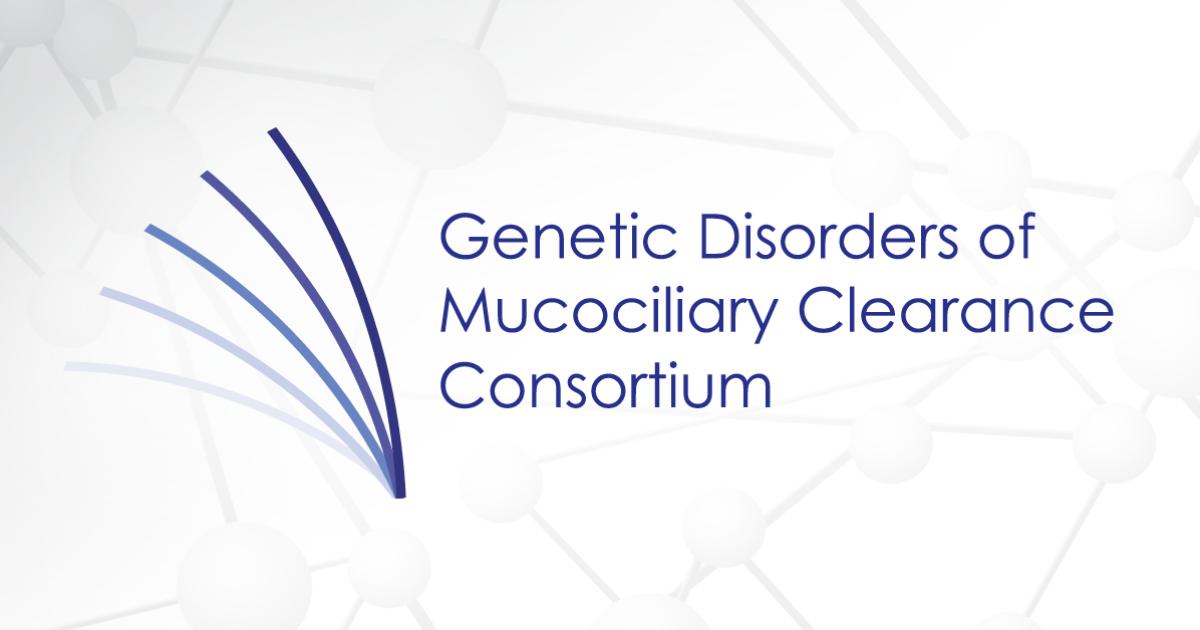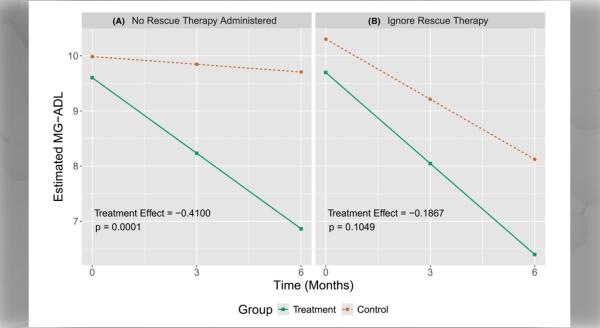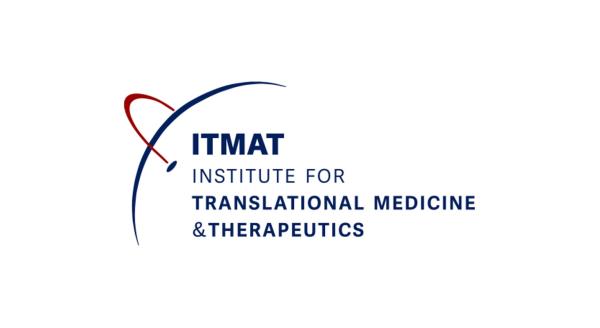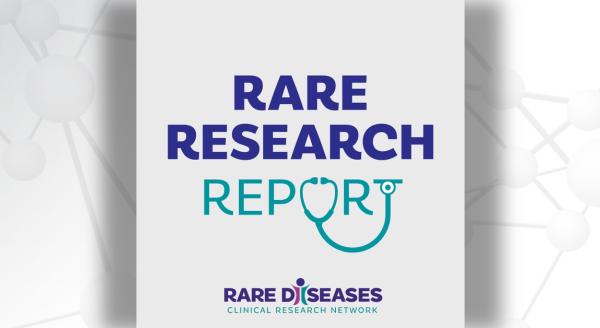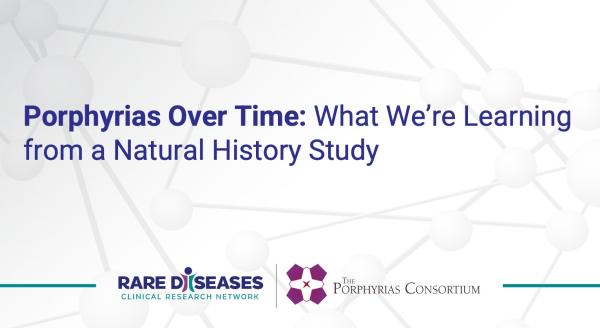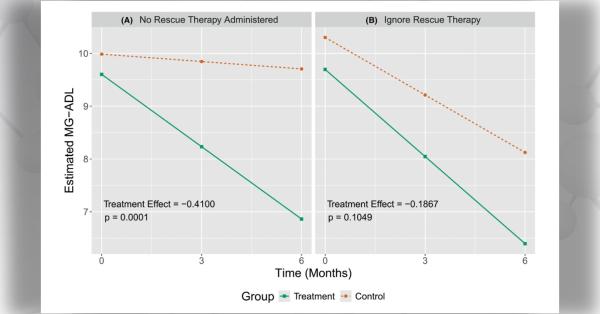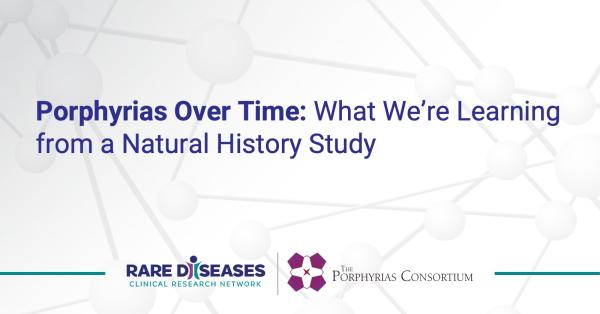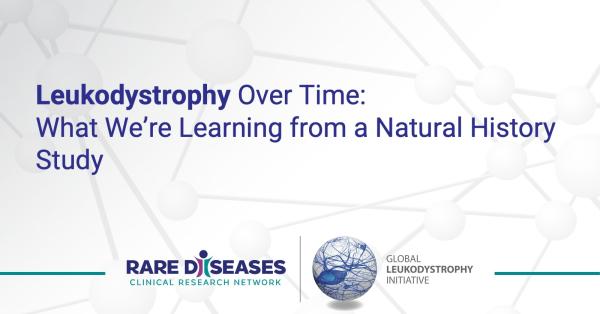The Genetic Disorders of Mucociliary Clearance Consortium (GDMCC) is comprised of 11 geographically-dispersed sites in North America and associated patient advocacy groups (PAGs). The 11 major centers include: NIAID, Principal Investigator (PI): K. Olivier, Bethesda, MD; University of Chicago, PI: P.J. McShane, Chicago, IL; University of Colorado, Denver Children's Hospital, PI: S. Sagel, Denver, CO; National Jewish Health, PI: C. Czaja, Denver, CO; Indiana University, PI: S. Davis, Indianapolis, IN; Stanford University, PI: C. Milla, Palo Alto, CA; University of Washington Children's Hospital & Regional Medical Center, PI: M. Rosenfeld, Seattle, WA; Washington University in St. Louis, PI: T. Ferkol, St. Louis, MO; The Hospital for Sick Children, PI: S. Dell, Toronto, ON; St. Michael's Hospital, PI: D. Hall, Toronto, ON; University of North Carolina at Chapel Hill, PI: M. Knowles and M. Leigh, Chapel Hill, NC. This Consortium studies a variety of rare airways diseases, including Primary Ciliary Dyskinesia (PCD), variant Cystic Fibrosis (CF), airway infection with non-tuberculous mycobacteria (NTM), rare immune disorders, and idiopathic bronchiectasis.
Over the past decade, the GDMCC has made remarkable progress that is already impacting clinical practice. For example, when the GDMCC was established, there was no fully accurate and readily available diagnostic test for PCD, a recessive genetically heterogeneous disorder. In response to that limitation, the GDMCC developed a non-invasive test for PCD (measurement of nasal nitric oxide, nNO) and recently validated that test across multiple sites in North America. The GDMCC was invited to participate in the European BESTCILIA grant proposal, which includes helping to implement nNO testing in Europe. The GDMCC has also played a key role in the discovery of mutations in 20 of the known 28 PCD-causing genes. These genetic discoveries facilitated development of a research genetic test-panel for PCD, which allows simultaneous testing for mutations in all 28 PCD-causing genes, which will identify ~70% of PCD patients. The GDMCC has established that lung disease begins early in life in children with PCD. Based on this information, it is clear that readily available genetic testing will revolutionize diagnosis and initiation of clinical care early in life. Genetic diagnoses will also allow rigorous studies of genotype and phenotype in PCD, as demonstrated by the GDMCC's recent discovery that patients with mutations in RSHP1 have milder clinical disease.
GDMCC studies also demonstrated that PCD-causing mutations are associated with situs ambiguous (heterotaxy). Additionally, these studies found that a subset of patients with heterotaxy have congenital heart disease (CHD) and worse clinical outcome because of unrecognized (and untreated) PCD lung disease. This discovery has spawned a new wave of genetic and clinical studies in patients with heterotaxy and CHD.
Additionally, the GDMCC developed a rigorous quality-of-life (QOL) instrument for pediatric and adult patients with PCD. Through the GDMCC's role in the European BESTCILIA project, this QOL instrument is now being validated in PCD patients in Europe and harmonized for use by regulatory agencies (FDA and EMA) in the U.S. and Europe. This QOL instrument will be a key outcome measure for upcoming therapeutic clinical trials in PCD that might be performed jointly in North America and Europe.
The GDMCC has now extended its concepts of the pathophysiology of Mendelian diseases of the airways to the study of patients with bronchiectasis of unknown etiology (Idiopathic Bronchiectasis), including patients with and without airway infection with NTM. The GDMCC is defining phenotypic markers of disease, including dural ectasia (dilation of the dural sac), a phenotype that overlaps with heritable connective tissue disorders (HCTD), such as Marfan syndrome. Ultimately, the GDMCC will be able to search for genetic variants in structural tissue (HTCD) genes in patients with Idiopathic Bronchiectasis.
The 11 high-quality GDMCC sites consider training new investigators a priority. These sites have either CTSA awards or are leading research institutions in Canada. Over the past decade, the GDMCC has trained 34 individuals with a focus on physician-scientists entering academic careers, particularly for rare disorders. New investigators are trained via participation in Consortium studies, in conjunction with institutional resources, such as CTSA awards. Trainees have been lead or contributing authors for 23 peer-reviewed publications, two book chapters, and 40 abstracts at national conferences. Of the 16 trainees who have completed post-graduate and fellowship training, 13 have academic positions. Fifteen trainees are currently in medical school, residency, or fellowship training programs.
None of this progress would have been possible without the visionary and effective leadership of Steve Groft, PharmD, who recently retired as the director of the Office of Rare Diseases Research (ORDR). Dr. Groft listened to the rare diseases community and initiated the Rare Diseases Clinical Research Network (RDCRN). The RDCRN was first recommended in 2001 in the Report on Steps to Coordinate Rare Diseases Research Programs by a Special Emphasis Panel of the NIH on the Coordination of Rare Diseases Research. This network was subsequently written into law in the Rare Diseases Act of 2002 (PL 1070280). Dr. Groft led and expanded the very successful RDCRN with great enthusiasm and effective administrative leadership. Thank you, Dr. Steve Groft!
The Genetic Disorders of Mucociliary Clearance Consortium (GDMCC) (9U54HL096458-06) is a part of the National Institutes of Health (NIH) Rare Disease Clinical Research Network (RDCRN), supported through collaboration between the NIH Division of Rare Diseases Research Innovation (DRDRI) at the National Center for Advancing Translational Science (NCATS), and the National Heart Lung and Blood Institute (NHLBI). The content is solely the responsibility of the authors and does not necessarily represent the official views of the National Institutes of Health.

